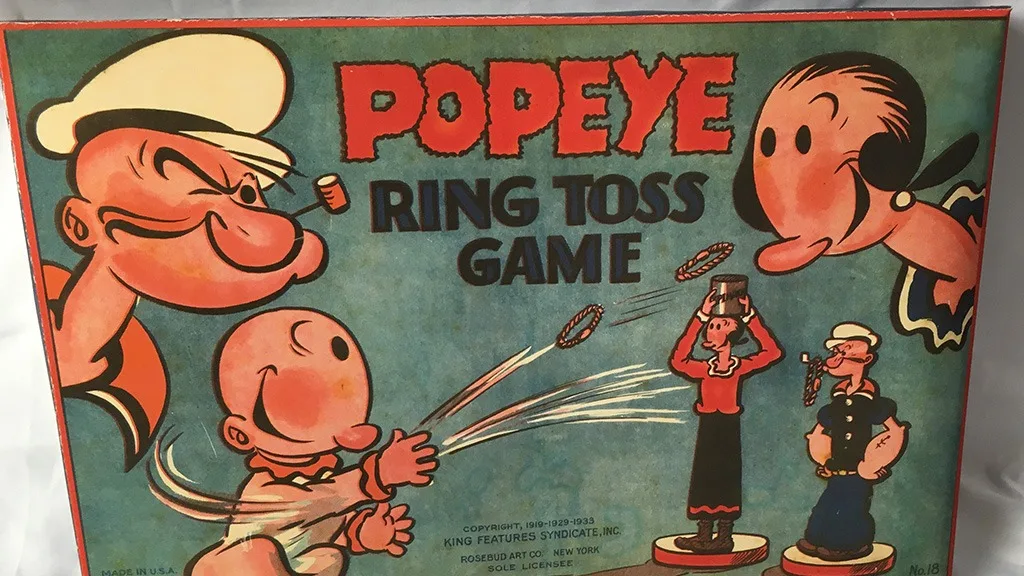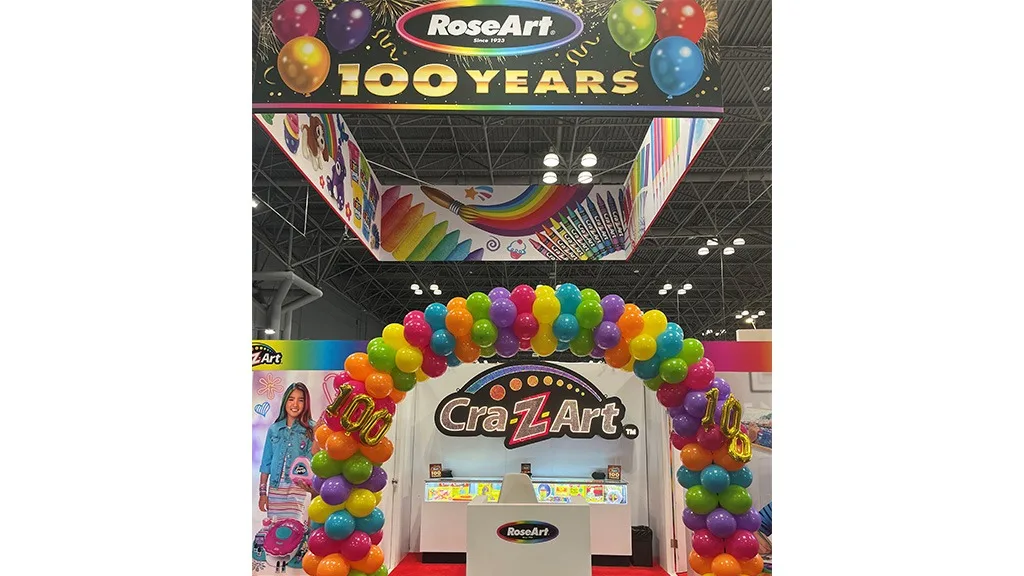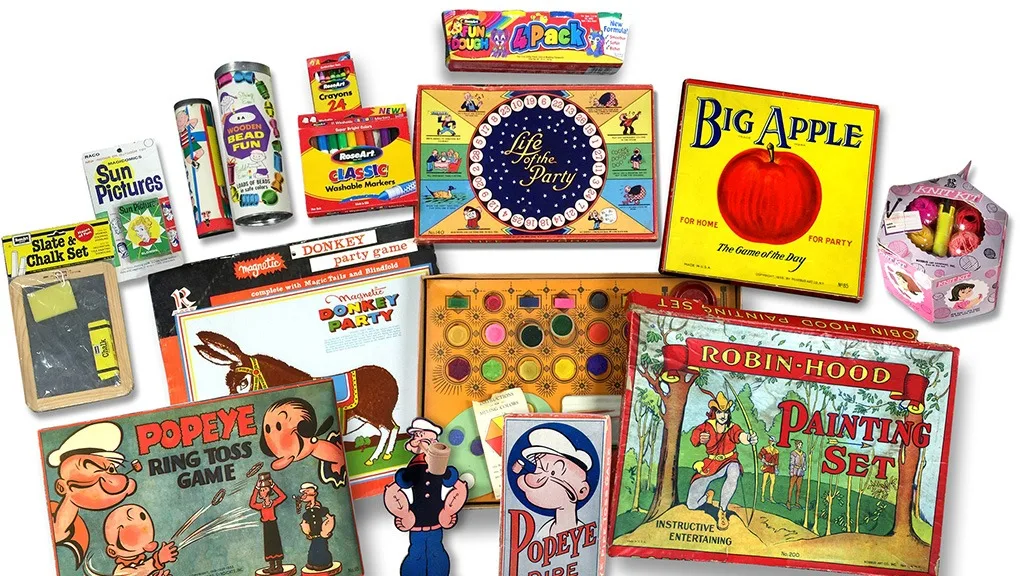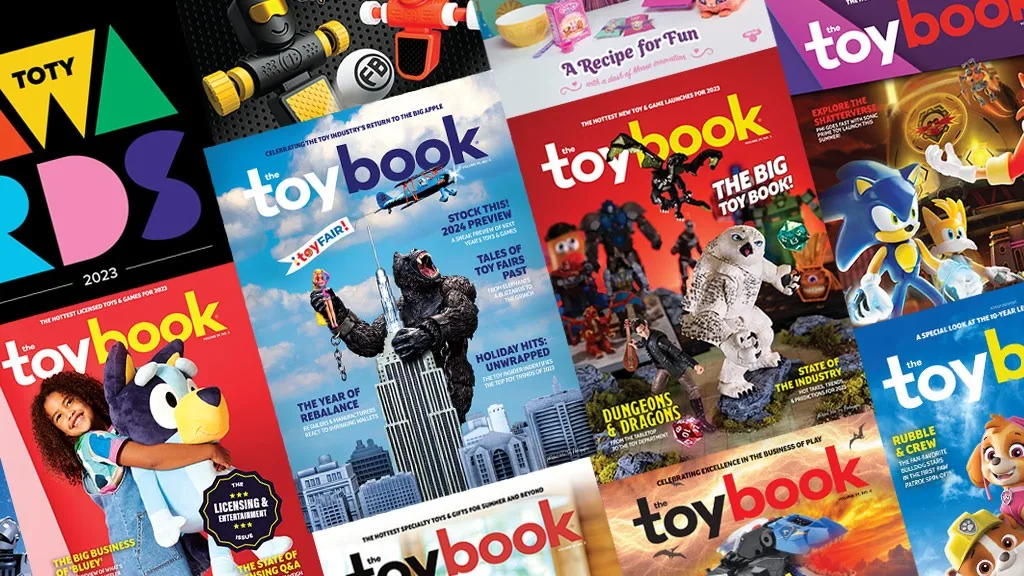Today RoseArt is synonymous with childhood. Its art sets and supplies color the country while its toys have sustained generations of kids’ playtime. Managing to keep that company, which celebrates its 100th anniversary this year, afloat, relevant, and thriving through depressions, recessions, fires, and the changing of hands has been anything but easy.
It’s a legacy sustained by, and built upon, family.
RoseArt was originally conceived as RoseBud. “My grandfather Isidor, who founded the company, named it after my father, Sydney, who was the ‘rosebud’ of his eye,” shares Lawrence Rosen, Chairman and Founder of LaRose Industries, parent company of RoseArt and Cra-Z-Art. Thus, family was in the RoseBud DNA from the start.
The first items produced by RoseBud were learn-to-draw books designed by Isidor, which, when shown to department store titan Macy’s, prompted a commission to create games. The first of Isidor’s games, Big Apple, sold 50,000 units instantly. The company was born.

Besides Big Apple, with its strikingly painted Red Delicious motif, another notable moment in game history was RoseBud’s Popeye Ring Toss Game, which was developed in 1931. The game objective was simple: toss a cardboard ring onto Popeye and Olive Oil posts to score points. But its simplicity belied its charm; Popeye Ring Toss Game became one of RoseBud’s most popular games during this era, selling more than a million units and helping guide the company through the challenges of the Great Depression.
Its leader’s innovation, too, was a key factor in that survival: “Syd was not only recognized for his sharp eye for toy trends but also as a pioneer in manufacturing and product design, holding numerous toy patents,” Rosen says. “He had a special genius for inventing fun and practical products.” RoseBud became the largest manufacturer of chalk and bulletin boards in America, selling tens of millions and, according to Rosen, Sydney became known as the “King of the slate and chalkboard business.”
But as the company grew, RoseArt’s ability to perceive and pivot, both in ideation and production, became essential.
“The key reason for the company’s longevity is being on the pulse of what kids crave,” Rosen says. “Also key is that RoseArt is a prime toy manufacturer with more than 1 million square feet of manufacturing space in the U.S. — the largest U.S. ‘footprint’ in the industry. We own America’s largest pencil factory and are the fastest-growing U.S. puzzle manufacturer. All of this enables us to efficiently, effectively, and quickly bring products to market.”
The challenges to RoseArt haven’t exclusively been left in the distant past either. In 2005, RoseArt was sold to Canada’s MEGA Brands, which was subsequently acquired by Mattel in 2014. Rosen soon thereafter founded Cra-Z-Art, which then brought RoseArt back into family hands through the 2021 acquisition of Mattel’s arts and crafts business.

Since Cra-Z-Art’s inception, Rosen and the company have veered from the reactionary, pioneering the enduring slime toy trend and corralling several strategic licenses. Regarding Cra-Z-Art’s success, Rosen credits a balance of analytics in predicting consumer behavior, and of tapping into the RoseArt team’s deep well of creativity.
Rosen also emphasizes RoseArt’s push toward stateside manufacturing and its non-toy art materials as a major boon to its staying power.
“We’ve diversified into wooden toys, as well as adult art materials, increased manufacturing square footage, added an injection-molding division along with blow-molding machines, and highly automated mixing and filling equipment in our state-of-the-art facilities here in the U.S.,” he says.
So what does the future hold for a company a century in the perfecting? Fittingly, Rosen and the company are taking the opportunity to capitalize on the past. “Because of the heritage of RoseArt, we’re excited to introduce a nostalgia line of science kits next year similar to the packaging and kits that the company originally started selling in the 1950s. We’re also introducing more wood, construction toys, and art materials as well as more dynamic puzzles and games.”
The Rosen family’s journey to triumph in shaping the ever-pivoting company, however rose-colored it may be upon reflection, has been no mean feat. Yet the Rosen perspective speaks to the resilience that has made 100 years of inspiring creativity look easy:
“In 1985, RoseArt suffered a devastating fire, destroying our headquarters and all of our manufacturing facilities. The prospect of RoseArt surviving was dim. However, at that point, Dad explained to us the meaning of the phoenix, the bird rising from the ashes. Inspired, we knew we had to charge forward and my brother Jeff and I then took the helm of the company and built it into an empire.”

A version of this feature was originally published in the 2023 Innovation & STEAM issue of The Toy Book. Click here to read the full issue! Want to receive The Toy Book in print? Click here for subscription options!


